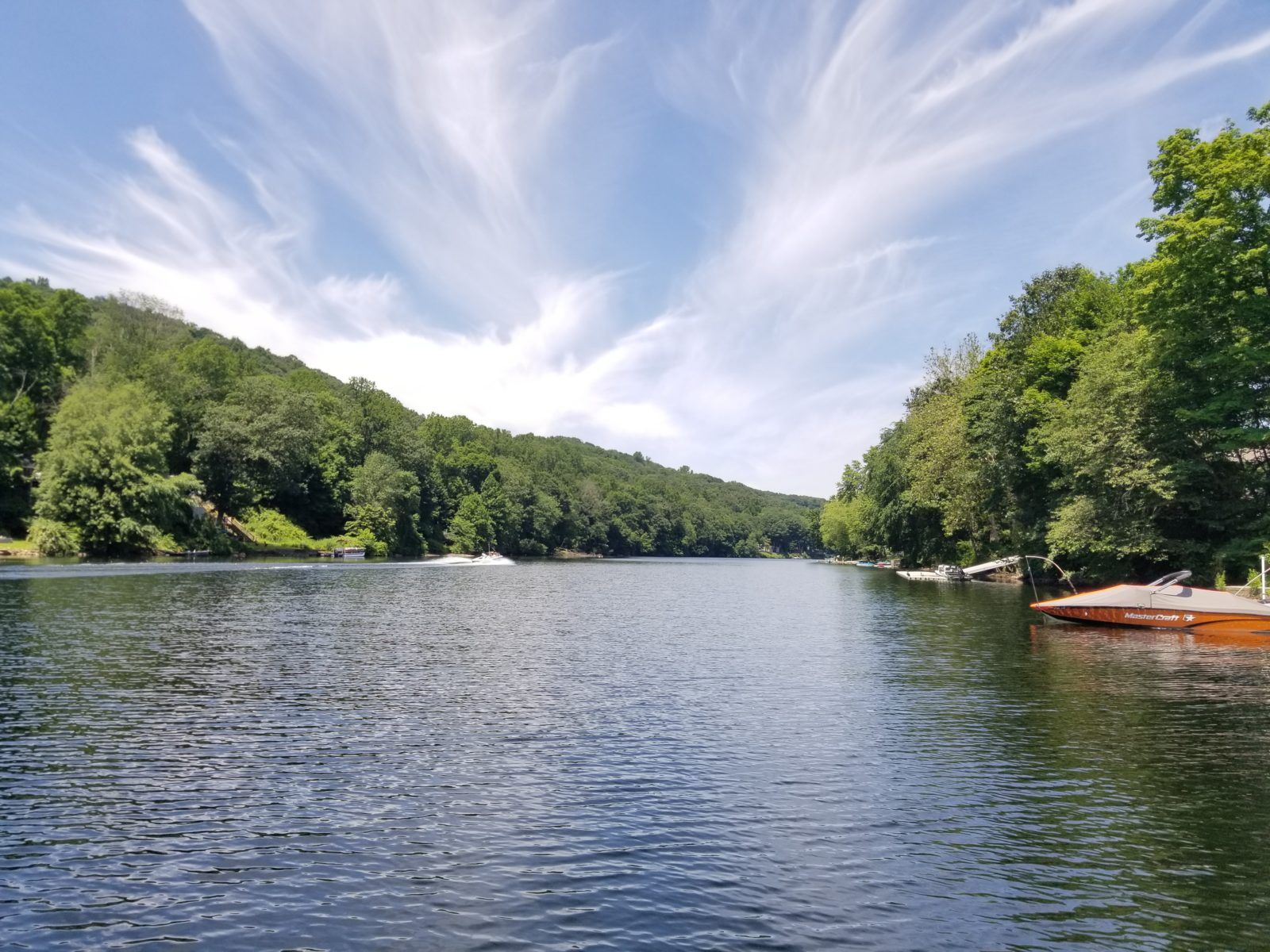 As spring and summer approach most of the country, so does the algae. Algae can show in many forms and colors. The most common types of pond algae are the green algae types. They are primitive plants closely related to fungi. They have no true leaves, stems or roots and reproduce by means of spores, cell division or fragmentation. Algae thrives from excessive nutrients in the water and needs sunlight for growth. Green algae are usually found in three forms: planktonic, filamentous, and macro.
As spring and summer approach most of the country, so does the algae. Algae can show in many forms and colors. The most common types of pond algae are the green algae types. They are primitive plants closely related to fungi. They have no true leaves, stems or roots and reproduce by means of spores, cell division or fragmentation. Algae thrives from excessive nutrients in the water and needs sunlight for growth. Green algae are usually found in three forms: planktonic, filamentous, and macro.
Planktonic algae are microscopic plants, usually suspended in the upper few feet of water. They can cause pond waters to appear pea soup green and natural die-off may cause a summer fish kill due to oxygen depletion. Some species are found to be toxic to livestock and wildlife.
Filamentous algae forms greenish mats upon the water’s surface. This algae usually begins its growth along the edges or bottom of the pond then eventually will take over the entire water body. The filaments are made up of cells joined end to end which give the thread-like appearance. Pithophora and Spirogyra are two of most common that are particularly difficult to control with algaecides.
 Pithophora is a dark green filamentous algae and is commonly referred to as cotton ball or horsehair algae. It commonly grows in coarse clumps of tangled filaments resembling small balls of cotton. Individual filaments show extensive branching. Due to its high production of reproductive cells, growth can be very rapid.
Pithophora is a dark green filamentous algae and is commonly referred to as cotton ball or horsehair algae. It commonly grows in coarse clumps of tangled filaments resembling small balls of cotton. Individual filaments show extensive branching. Due to its high production of reproductive cells, growth can be very rapid.
Spirogyra is a filamentous algae that can be found in almost every pond or ditch. It gets its name from the spiral form of the chloroplast within the algal cells. Because of its fast reproduction, this algae can grow in extensive mats that can cover and choke out and entire pond.
Macro algae can resemble a flowering plant in that it looks rooted to the ground. In fact they are just attached to a surface. This type of algae tends not to top out completely at the surface of the pond, but like all algae it will reproduce very quickly.
Chara, the most common form of macro algae, is often called musk grass because of its musty garlic-like odor. Chara is a green branched multicellular algae that is often confused with submerged flowering plants. It attaches to the bottom but is not rooted. Chara usually has black ball like structures called sporangia visible during its reproduction stages.
If any issues arise with algae and other nuisance aquatic vegetation, you should contact a professional lake manager to help you evaluate and identify exactly what species of plant or algae you have in your pond. Proper identification is the first step to developing a responsible and effective treatment and overall lake and pond management plan.
Contact the experts at 888-480-5253 for all of your lake, pond and fisheries management needs.
Dustin Kennedy is an aquatic biologist with SOLitude Lake Management. Since 1998, SOLitude Lake Management has been committed to providing full service lake and pond management services that improve water quality, preserve natural resources, and reduce our environmental footprint. Services are available throughout the Eastern United States. Fisheries management consulting and aquatic products are available nationwide. Learn more about SOLitude Lake Management and purchase products at www.solitudelakemanagement.com.










